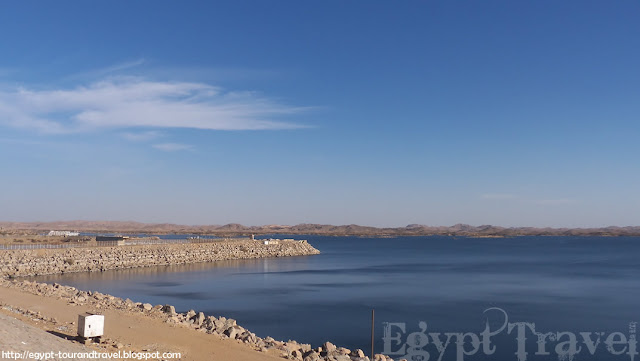The Aswan Dam across the Nile in Aswan is an embankment dam built between the 1960-70s. The construction of the dam had a huge impact on the economy of Egypt as it was able to control flooding and provide water necessary for irrigation. Before the dam was constructed, the annual flooding of the Nile used to wreak havoc. Nile is responsible for bringing in the fertile soil to the lower part of the valley. When the flooding was bad, the crops used to be destroyed ad when the water was less droughts and famine happened. Since the construction of the dam things have changed. Now, water is stored in the reservoir and released as per the need.
The reservoir is called Lake Nasser and is approximately 550kms long. It is one of the largest man-made lakes in the world. The lake gets its name from Gamal Abdel Nasser Hussein, the second President of Egypt and one of the leaders of the 1952 Egyptian Revolution.
The dam also generates hydroelectricity and provides electricity to a substantial area of Egyptian villages.
From the tourist point of view, there is nothing much to see. Yes, the dam offers some good views of the Lake Nasser. It is associated with an interesting bit of history and is an impressive feat of engineering. Tours usually stop here for about 20 minutes or so - giving you enough time to take some photographs. Videography is not allowed.
The reservoir is called Lake Nasser and is approximately 550kms long. It is one of the largest man-made lakes in the world. The lake gets its name from Gamal Abdel Nasser Hussein, the second President of Egypt and one of the leaders of the 1952 Egyptian Revolution.
The dam also generates hydroelectricity and provides electricity to a substantial area of Egyptian villages.
From the tourist point of view, there is nothing much to see. Yes, the dam offers some good views of the Lake Nasser. It is associated with an interesting bit of history and is an impressive feat of engineering. Tours usually stop here for about 20 minutes or so - giving you enough time to take some photographs. Videography is not allowed.




































